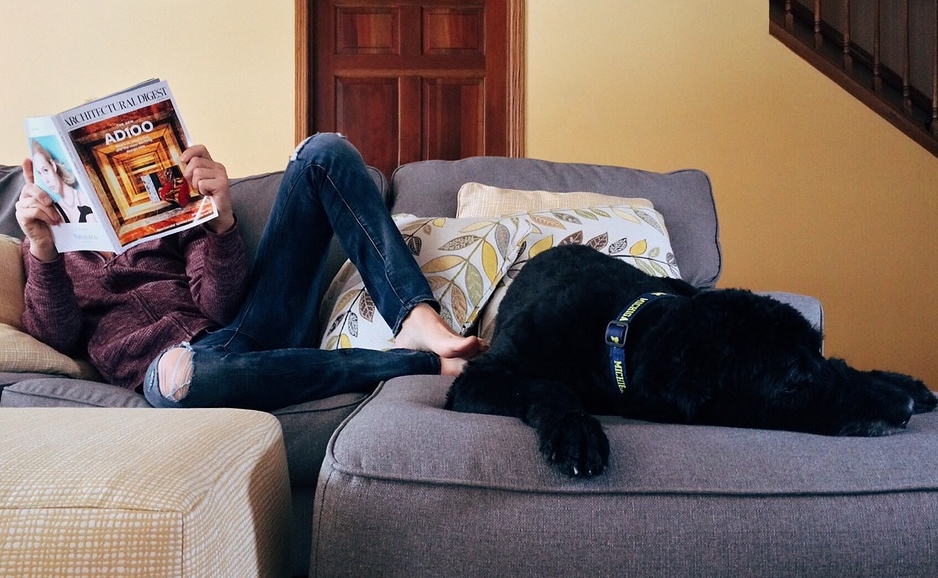Part Two: Adopting a Dog
Setting an Adult Dog Up for Success
While adopting an adult dog has several advantages, it’s still important to take the right steps to set them up for success when you bring them home. With a little advance planning, you can make sure your new adult dog adjusts to their forever home even faster.
 Housetraining. Even if you’re told your adult dog is housetrained, it’s safest to assume they aren’t when you first bring them home. A dog can also be more prone to accidents when they’re in a new environment or under stress. As you get to know each other, introduce your new dog to the basics of housetraining and limit unsupervised access to your home until you’ve established a new routine and are confident in their potty habits.
Housetraining. Even if you’re told your adult dog is housetrained, it’s safest to assume they aren’t when you first bring them home. A dog can also be more prone to accidents when they’re in a new environment or under stress. As you get to know each other, introduce your new dog to the basics of housetraining and limit unsupervised access to your home until you’ve established a new routine and are confident in their potty habits.- Chewing. An adult dog may not be teething or going through growing pains, but that doesn’t mean they don’t like to chew. It’s also natural for some dogs to chew when they’re bored or anxious, so it’s important to have plenty of safe chewies, toys, and bones on hand to keep them entertained. And, set them up for success by limiting their access to chewing temptations like your favorite shoes while you’re away.
- Take your time. Adopting an adult dog allows you to get a good sense of their grooming needs, energy levels, and personality. So, make sure you find the best fit for your family by taking your time and doing research before adopting your adult dog. This will also help you prepare the proper grooming tools, toys, and exercise routine to keep them content and happy.
- Rest easy. Coming into a new home can be stressful for dogs of any age, so ease the transition by making sure they have a designated sleeping area ready when you bring them home. It’s hard to resist a comfortable bed, so even if you’re going to keep your dog in a crate, make sure that it has a comfy mattress and cozy blanket they can call their own.
- Establish a routine. Dogs love structure, no matter what their age. Have a schedule in mind before you bring your dog home that includes feeding and exercise times. Also, think about the type of behavior you would like to see in your dog. Learn how much they know already – like how to greet new people or visitors – to help you establish a foundation for training as you move forward. This will help you encourage more of the positive behaviors you would like to see in your new best friend.
Don’t forget, anytime you bring a new animal into your home, your first stop should be a veterinary appointment for a wellness exam. This visit will help guide you through caring for your new adult dog and their unique needs.
Have you adopted an adult dog? Tell us in the comments below!

